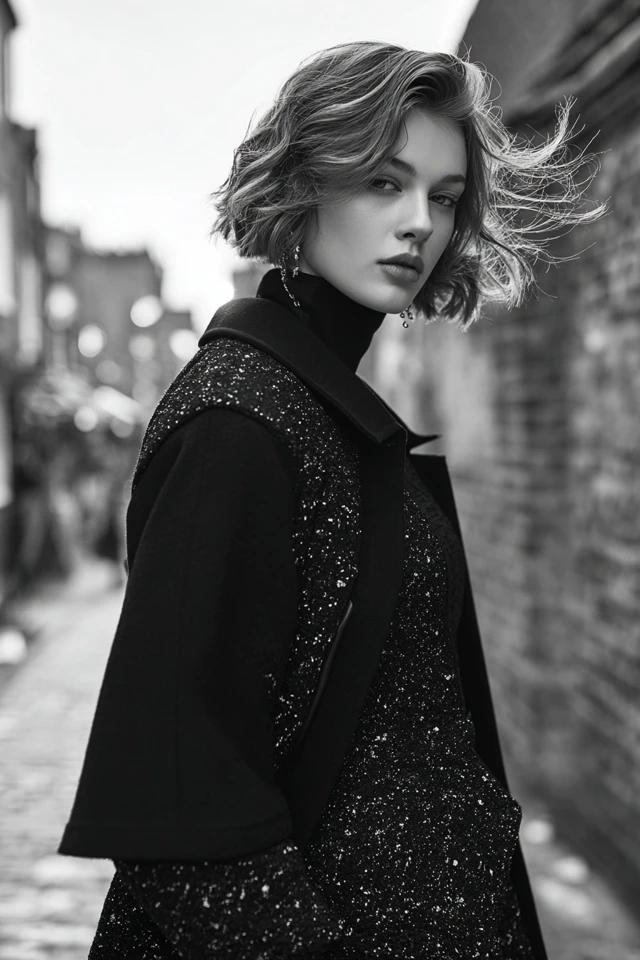Introduction
There’s a quiet magic that comes with pulling on a perfectly chosen winter fabric—one that cocoons you in warmth while whispering elegance. I still remember the first time I wrapped myself in a cashmere scarf on a crisp December morning; the soft, luxurious texture instantly transformed not only how I looked but how I felt. Winter dressing is more than just about staying warm—it’s about cultivating confidence through fabric, color, and silhouette. That personal moment of sartorial joy sparked my deep fascination with how choosy materials influence our mood and perception, especially during the colder months.
Winter wardrobes often fall victim to bland practicality: bulky layers, heavy coats, uninspired colors. Yet, chic winter staples have the extraordinary power to uplift and project a poised, sophisticated image. Understanding the nuanced language of fabrics—from the plush richness of velvet to the structured strength of wool—unlocks endless opportunities to dress not just for the weather, but for the impression we want to make. For every woman, tapping into these style secrets fosters empowerment and self-expression during a season that can otherwise feel restrictive.
About the Author and My Trend Boutique
This article dives into the fabric focus of chic winter staples, interlacing evidence-based insights from color psychology and trend forecasting with practical style advice. Whether you’re refining your existing wardrobe or building a capsule collection from scratch, you’ll learn how to harness the interplay of texture, hue, and fit to create outfits that truly speak to both your personality and professional presence. Let’s explore how dressing to impress in winter can be a joyful, thoughtful process that leaves you feeling radiant from the inside out.
Foundational Concepts
Before delving into fabric specifics, it’s essential to ground ourselves in a few foundational ideas that frame why certain materials and colors resonate more than others during winter. The first key concept is color psychology, the science that explores how colors influence emotions, behaviors, and perceptions. Extensive research shows that wearing particular shades can affect everything from your mood to how others perceive your confidence. For example, deep navy signals authority and reliability, while warm burgundy can evoke feelings of comfort and sophistication.
Next, trend forecasting acts as our compass for navigating seasonal shifts in fashion. Industry experts analyze cultural movements, technology, and consumer behavior to predict which fabrics, textures, and colors will dominate. Understanding these trends equips you with foresight, allowing you to invest thoughtfully in pieces that remain relevant and stylish beyond a single season.
Finally, the principle of dressing to impress captures the interplay between personal style and social psychology. When you dress intentionally, selecting fabrics and styles that flatter your body and mood, you elevate your presence in any setting. A well-chosen winter coat, for example, can transform a casual business meeting into a commanding encounter, simply because the right fabric and cut evoke professionalism and polish.
Throughout my career and studies, I’ve witnessed how blending these concepts leads to wardrobes that not only withstand the cold but also reinforce identity and self-trust—qualities particularly important in today’s fast-paced, image-conscious world.
Picture Gallery
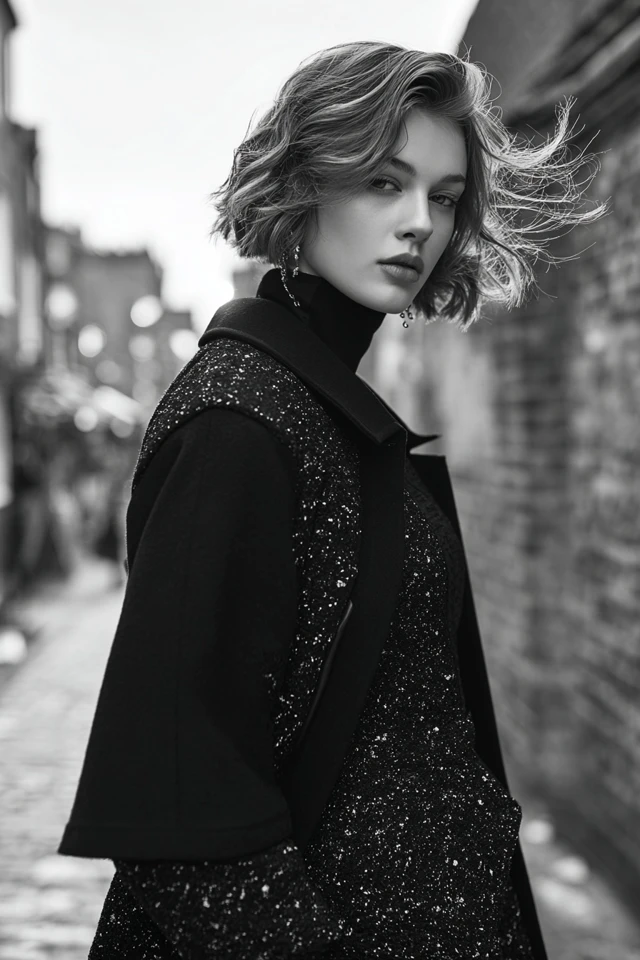
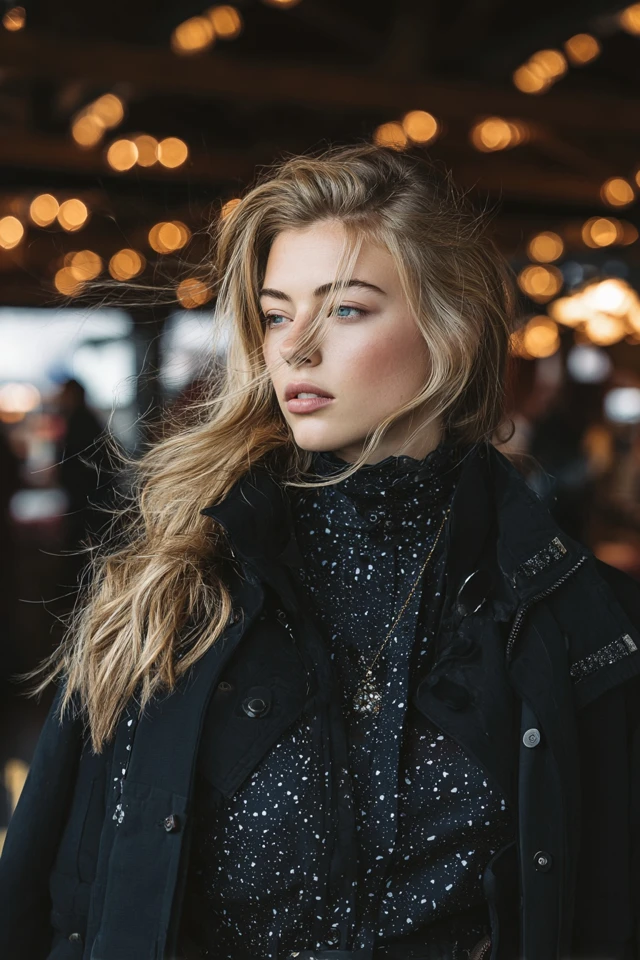
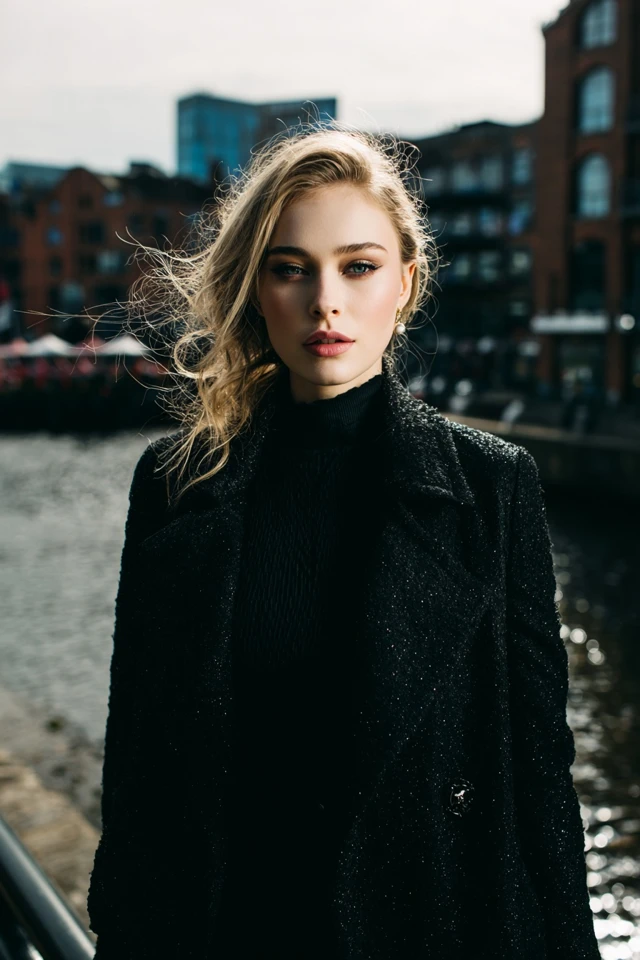
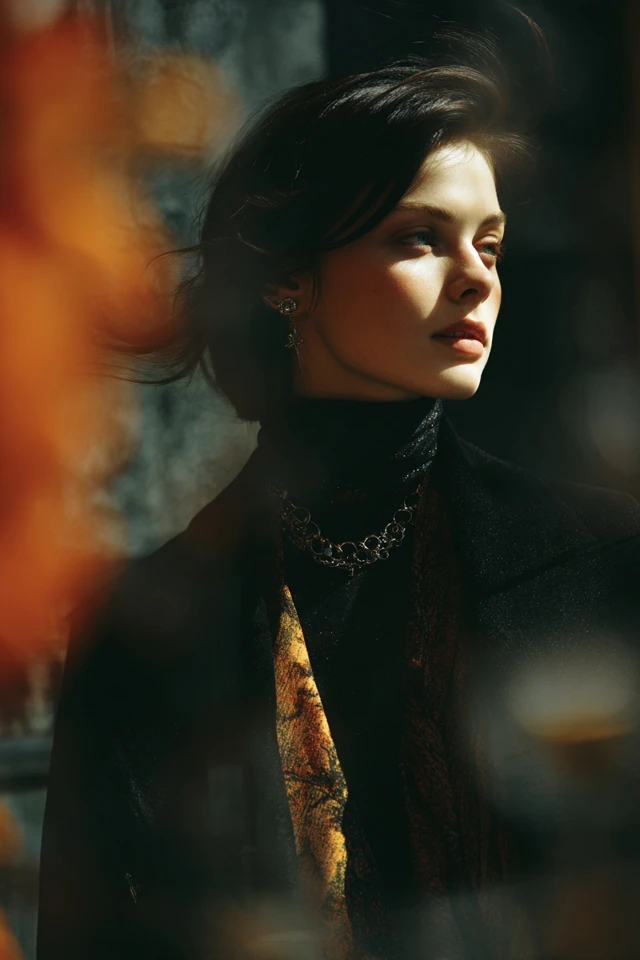
Color Psychology & Emotional Impact
Color profoundly shapes our emotional landscape and plays a pivotal role in first impressions—an area intensely studied in social and cognitive psychology. Winter wardrobes frequently lean toward darker, muted palettes, which can sometimes feel heavy or somber if not balanced thoughtfully. However, by integrating colors strategically, you can harness their emotional power to boost confidence and radiate approachability.
For instance, studies show that wearing red increases perceptions of power and attractiveness, making it a striking choice for winter staples such as scarves or gloves. Meanwhile, shades like forest green and charcoal gray offer grounding effects, promoting calmness and seriousness—ideal for professional settings. Additionally, soft neutrals, such as ivory and camel, can create warmth and openness, inviting positive social interactions.
Applying these insights means more than matching colors to skin tone; it’s about curating an aura that aligns with your personal and professional objectives. Imagine walking into a networking event wearing a wool coat in a rich sapphire blue—a color associated with trust and intelligence. Such deliberate choices impact how others engage with you and how you perceive yourself, reinforcing a cycle of elevated self-esteem and authenticity.
Visual aid suggestion: A color swatch chart highlighting winter-friendly shades like deep navy, crimson, emerald, and soft beige, with alt text describing their psychological effects and usage in winter wardrobe staples.
Personal Style & Body Type Considerations
When selecting fabrics for your winter staples, acknowledging your body type and complexion is vital to enhance your silhouette and overall look. Fabrics play a dual role—they not only insulate against cold but also sculpt the way your body is perceived through their weight, drape, and texture.
Silhouettes and fabric pairs:
- Hourglass: Opt for structured fabrics like boiled wool and heavy knits that emphasize your waist without adding bulk. Fitted coats with belts highlight your natural curves beautifully.
- Rectangle: Choose fabrics with volume such as chunky cable-knit sweaters or faux fur accents to create dimension and curves. Layering lightweight, flexible fabrics also adds softness.
- Apple: Flowing fabrics like cashmere or soft alpaca blends in tunic-length tops or wrap coats streamline the torso while providing warmth.
- Pear: Use textured, eye-catching fabrics on your upper body—velvet blazers or embellished jackets—to draw attention upward, balancing hips and shoulders.
Complexion and color fabric tips:
- Cool undertones: Embrace icy blues, jewel-toned purples, and crisp whites in your fabrics to complement your skin’s natural glow.
- Warm undertones: Rich autumnal hues such as camel, rust, and olive green amplify warmth and vibrancy.
- Neutral undertones: Versatility reigns—experiment with both warm and cool fabric colors to discover what feels most authentic.
Quick checklist for fabric and style harmony:
- Does the fabric’s weight complement your layering needs?
- Does the texture add interest without overwhelming your frame?
- Are the fabric’s colors flattering to your skin tone?
- Does the silhouette flatter your unique body shape?
- Is the garment comfortable and functional for winter conditions?
Answering yes to these questions ensures your winter staples serve both aesthetic and practical purposes harmoniously.
Current Trends & Timeless Classics
Winter fashion evolves with each season, yet the best wardrobes skillfully blend current trends with timeless classics. For fabric-focused winter staples, this means investing in pieces that feel contemporary while offering enduring appeal.
Trending fabrics and styles:
- Recycled wool and sustainable blends: Eco-consciousness has surged, with consumers seeking wool fabrics that are responsibly sourced without sacrificing quality.
- Quilted textures: Beyond performance wear, quilted fabrics now feature in elegant coats and skirts, combining warmth with a subtle, modern twist.
- Velvet accents: Velvet, particularly in jewel tones like emerald and sapphire, remains a luxurious choice for blazers and accessories, adding depth and sophistication.
Timeless winter fabrics to own:
- Cashmere: Undeniably soft and insulating, perfect for scarves, sweaters, and gloves.
- Tweed: Classic for blazers and coats, tweed offers texture while standing up to winter winds.
- Leather and suede: Durable, stylish, and versatile for outerwear and boots.
- Alpaca: Lightweight yet incredibly warm, alpaca mixes well with wool in scarves and knitwear.
By integrating trending textiles like sustainable wool with perennial staples such as cashmere, your winter collection remains fresh but venerable. Incorporate seasonal colors—like muted mustard or deep burgundy—with your neutral classics to keep your looks lively.
Practical Tips & Recommendations
Building a chic and functional winter wardrobe starts with smart shopping and thoughtful maintenance. Here are actionable recommendations to elevate your seasonal style:
- Shop quality over quantity: Invest in fewer, high-quality fabrics that will last through multiple winters rather than fast-fashion alternatives that wear out quickly.
- Layer with intention: Use fine-gauge knitwear under structured coats to balance warmth and silhouette without unnecessary bulk.
- Embrace accessories: Fabric accessories such as cashmere hats, leather gloves, and velvet bags can inject personality and refine your outfit.
- Mix textures: Combine knit, leather, and wool to add dimension. A knit sweater paired with a leather skirt and wool coat steers clear of monotony.
- Maintain your fabrics: Follow garment care labels religiously—cashmere and wool require gentle washing or dry cleaning and proper storage to maintain their softness and shape.
- Color combos to try: Pair deep navy wool with camel accessories, or burgundy velvet with neutral grays for balance.
Effective layering and fabric maintenance not only protect you from winter’s chill but reinforce your style’s polished appeal.
FAQs
- Q: How do I find my signature winter color?
A: Start by identifying your skin undertone and experimenting with fabrics in that color family. Observe how you feel and how others respond. Signature colors often emerge from comfortable familiarity and multiple positive experiences. - Q: Can I update my winter wardrobe on a budget?
A: Absolutely. Focus on key staples like a well-fitted wool coat and versatile scarves. Shop off-season sales, explore sustainable secondhand options, and prioritize accessories that refresh existing outfits. - Q: What fabrics work best for layering without adding bulk?
A: Choose thin, insulating materials such as merino wool, cashmere, or lightweight alpaca blends. These warm yet breathable fabrics allow for comfortable layering under structured outerwear. - Q: How do I build a winter capsule wardrobe?
A: Select a cohesive palette of base colors and complementary accent hues, invest in high-quality staples like wool trousers, sweaters, and coats, then add versatile accessories. Keep fabric textures varied for visual interest. - Q: Is dressing to impress important in casual winter settings?
A: Yes. Thoughtful fabric and color choices elevate everyday looks, boosting your confidence and how others perceive you—even during casual outings, winter styles communicate your personal brand.
Conclusion
Understanding the intricate relationship between fabrics, color psychology, and body type transforms how we experience winter style. By thoughtfully choosing winter staples made from luxurious, functional materials—complemented by hues that elevate mood and perception—you can dress to impress while embracing comfort and authenticity. Remember that fashion is a dynamic form of self-expression, inviting continual experimentation that reflects your evolving identity.
Please share your favorite winter fabric must-haves or style challenges in the comments below. Your insights enrich this community, and don’t forget to subscribe for more deep dives into the art and science of dressing well. Together, let’s make every winter outfit a celebration of confidence, color, and conscious design.

